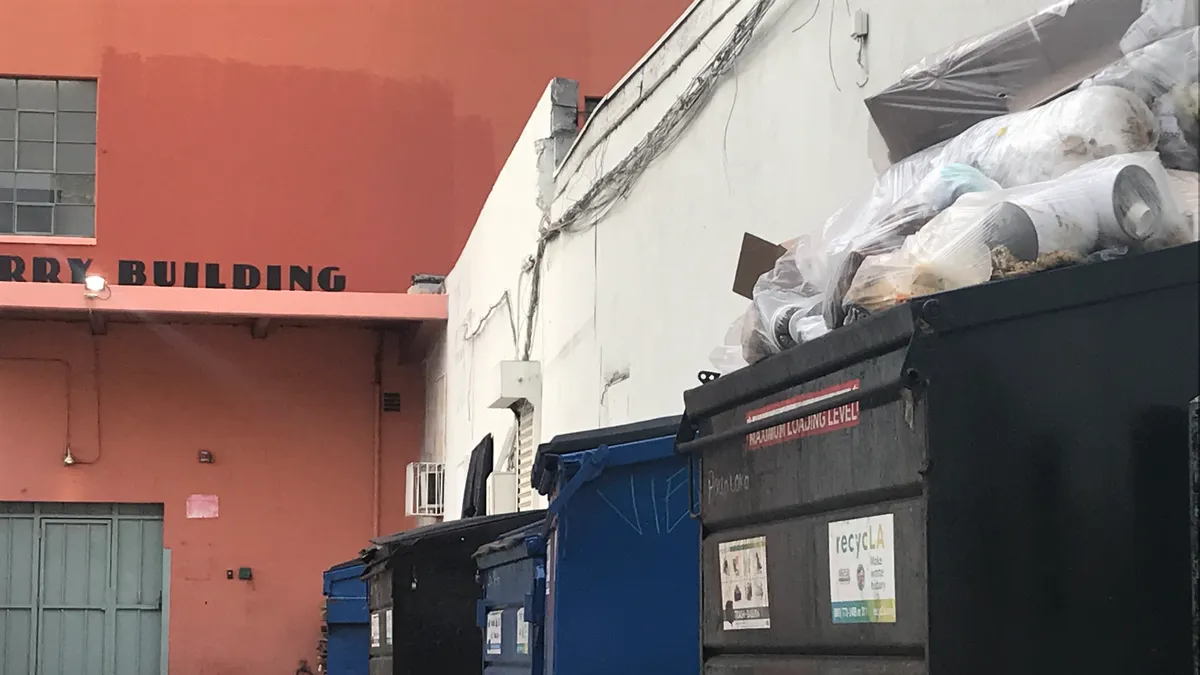Dive Brief:
- Under an agreement with the U.S. Environmental Protection Agency (EPA), ECO International of Vestal, NY will properly dispose of 26 million pounds of crushed glass that contains lead by November. ECO will also conduct a cleanup, update EPA periodically on the progress of the cleanup, and pay a penalty of $9,180.
- EPA inspections in 2012 of ECO’s processing facility and storage facility in Hallstead, PA uncovered that the company had 13,000 tons of lead-containing cathode ray tubes (CRTs) and crushed glass, much of which had been piling up since 2010, when the export market for recycled electronics began to decline. The company no longer receives or processes electronic waste.
- "Recyclers and others who handle discarded electronics must make sure that potentially harmful components are properly stored and handled," said EPA Regional Administrator Judith A. Enck. "This agreement will help protect the environment and those living near this company’s facilities from possible exposure to lead."
Dive Insight:
Electronic waste recycling brings up matters of health, market downturns, and opportunity for the industry.
The disposal and recycling of electronics has increased human exposure to lead and created "an emerging health concern," according to Dr. Nick Newman, a pediatrician who directs the Environmental Health and Lead Clinic at Cincinnati Children's Hospital Medical Center.
The dangers of lead contamination, especially in children, are already well known. Lead affects the developing nervous systems of children, and elevated levels in the blood are associated with hyperactivity, attention problems, conduct problems and impairments in thinking, understanding and learning.
EPA reported that discarded TVs, computers, printers, scanners, fax machines, keyboards, cellphones and other electronics totaled 1.87 million tons in 2013. Approximately 40% of that was collected for recycling.
Globally the electronic waste market is projected to reach $5.04 billion by 2020 at an estimated compound annual growth rate of 20.6%, from $1.66 million in 2014.With so many electronics being recycled, the general public must be guarded from the dangers.
EPA announced in February that it was looking to find a solution for issues associated with recycling CRT glass, releasing documents outlining the current state of CRT, as well as potential industry-wide solutions to remedy the problems.









